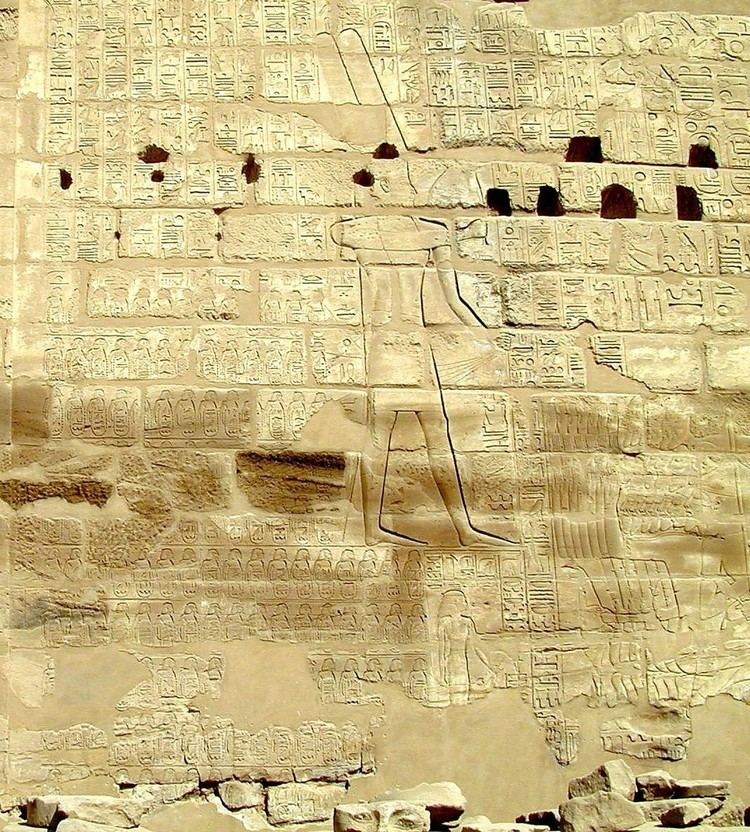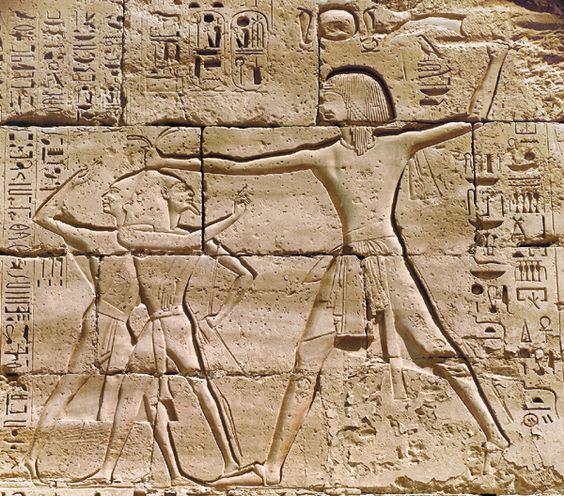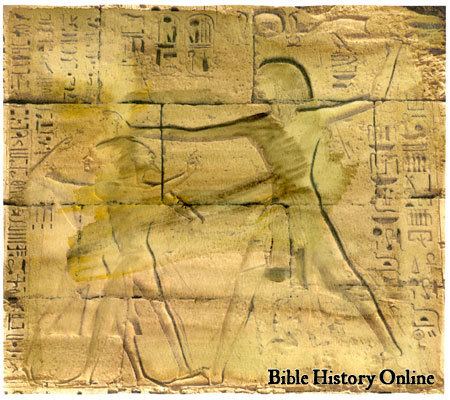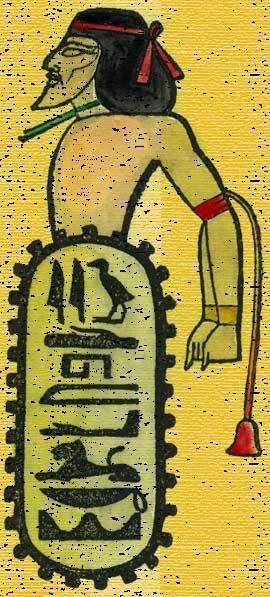 | ||
Flying through history pharaoh shishak i s military campaign in the holy land
Shishak or Susac (Hebrew: שישק, Tiberian: [ʃiʃaq], Ancient Greek: Σουσακίμ Sousakim) or Shishaq is the biblical Hebrew form of the first ancient Egyptian name of a pharaoh mentioned in the Bible. He is usually identified with the historical pharaoh Shoshenq I.
Contents
- Flying through history pharaoh shishak i s military campaign in the holy land
- Events of the 920s bc shishak and indiana jones
- Biblical narrative
- Shishaks name
- Shishak identified as Pharaoh Shoshenq I
- In popular culture
- References

Events of the 920s bc shishak and indiana jones
Biblical narrative

Shishak is best known for a campaign against the Kingdom of Judah, recorded in the Hebrew Bible (1 Kings 14:25, 2 Chronicles 12:1-12) and his supposed sacking of Jerusalem.

According to these books of the Hebrew Bible, Shishak had provided refuge to Jeroboam during the later years of Solomon's reign, and upon Solomon's death, Jeroboam became king of the tribes in the north, which became the Kingdom of Israel. In the fifth year of Rehoboam's reign (commonly dated ca. 926 BCE), Shishak swept through the kingdom of Judah with a powerful army of 60,000 horsemen and 1,200 chariots, in support of his ally. According to 2 Chronicles 12:3, he was supported by the Lubim (Libyans), the Sukkiim, and the Kushites ("Ethiopians" in the Septuagint). Flavius Josephus in Antiquities of the Jews adds to this a contingent of 400,000 infantrymen. The numbers given in Chronicles can be "safely ignored as impossible" on Egyptological grounds; similarly, the numbers of chariots reported in 2 Chronicles is likely exaggerated by a factor ten, leading 60,000 horses through the Sinai and Negev would have been logistically impossible, and no evidence of Egyptian cavalry exists from before the 27th Dynasty.
According to Second Chronicles,

When Shishak king of Egypt attacked Jerusalem, he carried off the treasures of the temple of the Lord and the treasures of the royal palace. He took everything, including the gold shields Solomon had made."

The Bible is not specific about the means by which Shishak acquired these treasures. They have traditionally been interpreted as a ransom from Rehoboam to secure peace. However, if Shishak is to be equated with the historical Shoshenq I, then this ransom is highly unlikely. Firstly, no United Monarchy of Israel and Judah occurs in Shoshenq's list of conquered enemies; second, the material culture of 10th century Jerusalem and surroundings was too primitive to allow for any treasure that an Egyptian pharaoh would have been interested in. Israel Finkelstein concludes that the looting narrative "should probably be seen as a theological construct rather than as historical references".
Shishak's name

Texts written in various ancient languages seem to indicate that the first vowel was both long and round, and the final vowel was short. For example, the name is written in the Hebrew Bible as שישק [ʃiːʃaq]. The variant readings in Hebrew, which are due to confusion between the letters < י > Yod and < ו > Vav that are particularly common in the Masoretic Text, indicate that the first vowel was long in pronunciation. The Septuagint uses Σουσακιμ [susakim], derived from the marginal reading שושק [ʃuːʃaq] of Hebrew. This indicates during the 2nd century BC Hebrew-speakers or Alexandrian Greek-speakers pronounced the name with an initial long close back rounded vowel [u].
Shishak identified as Pharaoh Shoshenq I
In the very early years after the decipherment of Egyptian hieroglyphs, on chronological, historical, and linguistic grounds, nearly all Egyptologists identified Shishak with Shoshenq I. This position was maintained by most scholars ever since, and is still the majority position. The fact that Shoshenq I left behind "explicit records of a campaign into Canaan (scenes; a long list of Canaanite place-names from the Negev to Galilee; stelae), including a stela [found] at Megiddo" supports the traditional interpretation.
Other identifications have been put forward which have been considered fringe theories. In his book Ages in Chaos, Immanuel Velikovsky identified him with Thutmose III. More recently, David Rohl's New Chronology identified him with Ramesses II, and Peter James has identified him with Ramesses III.
In popular culture
Shishak is mentioned in Steven Spielberg's action-adventure film Raiders of the Lost Ark as the pharaoh who seized the Ark of the Covenant from the Temple of Solomon during his raids on Jerusalem and hid it in the Well of Souls in Tanis.
